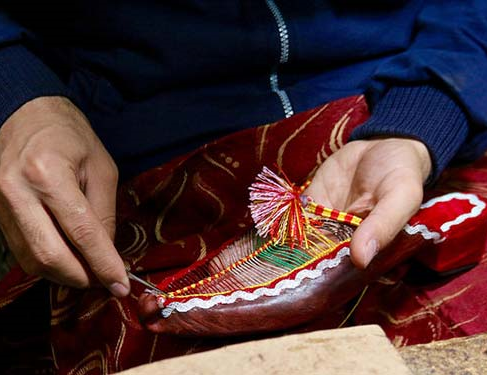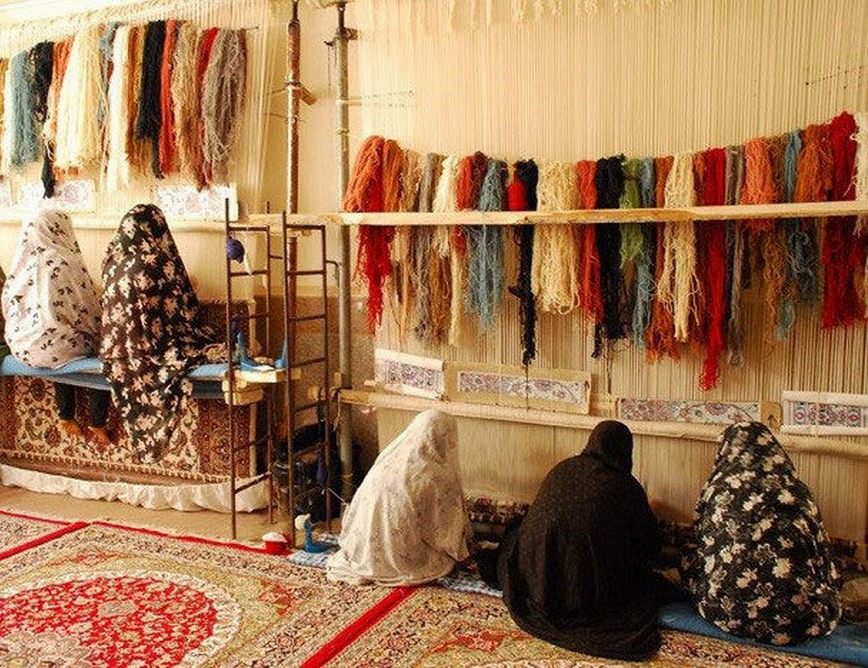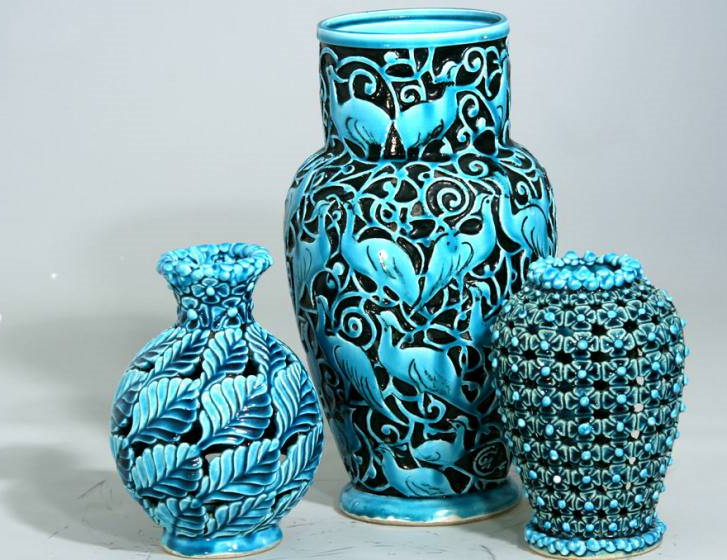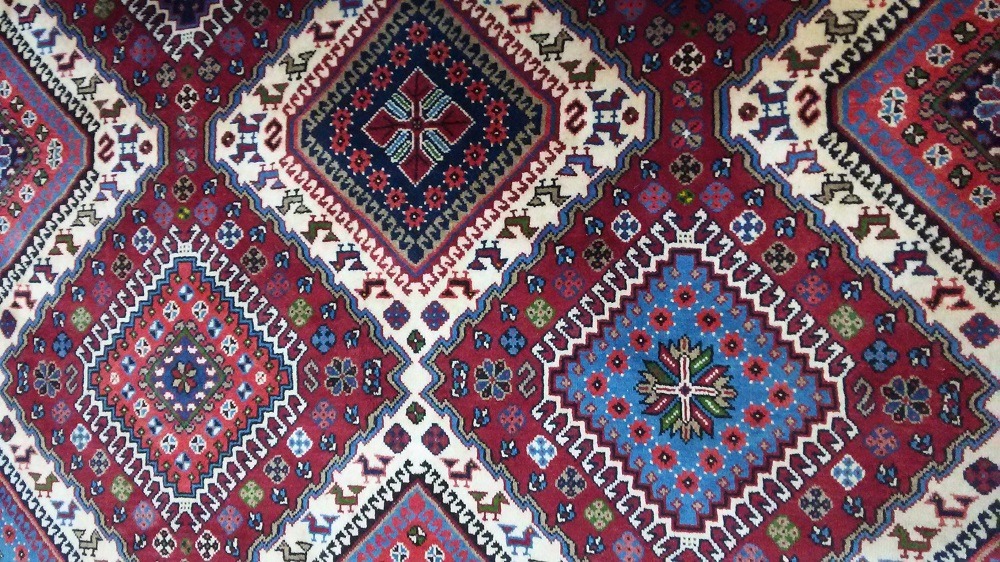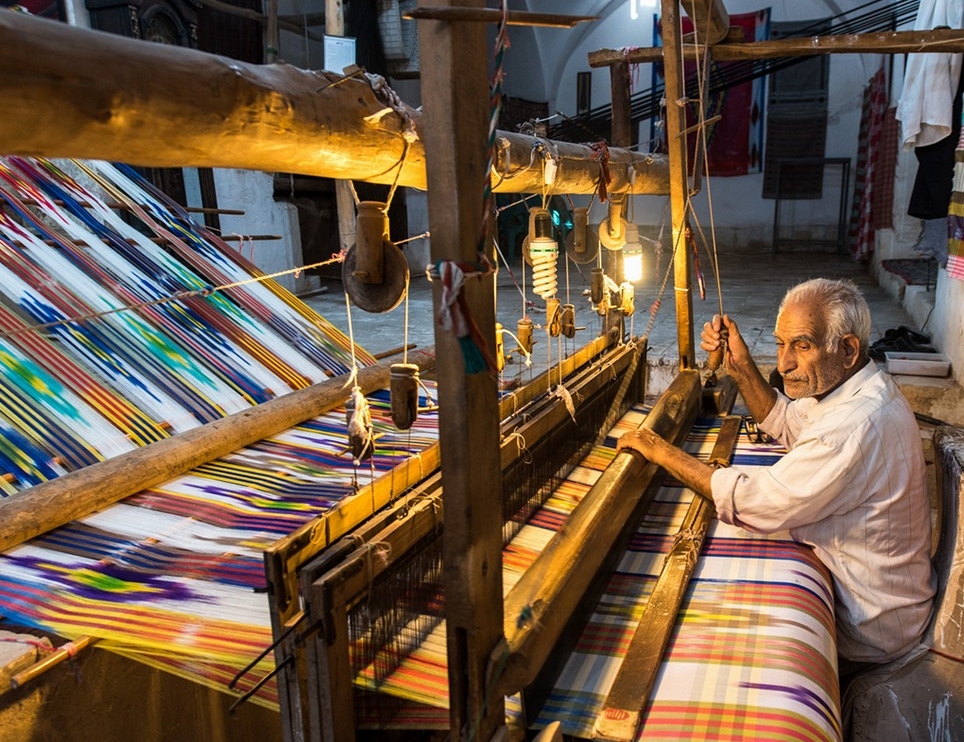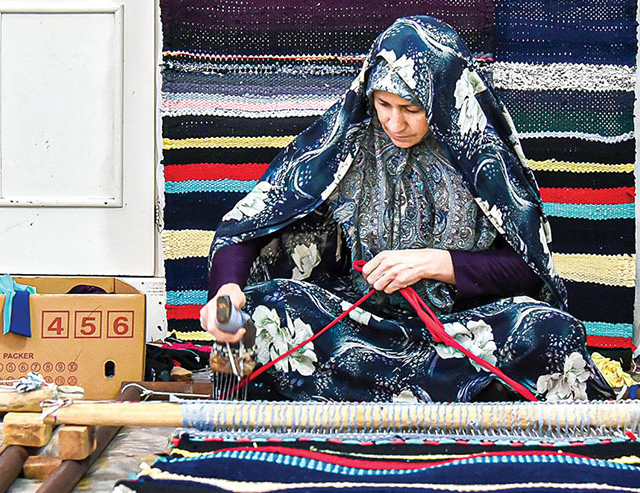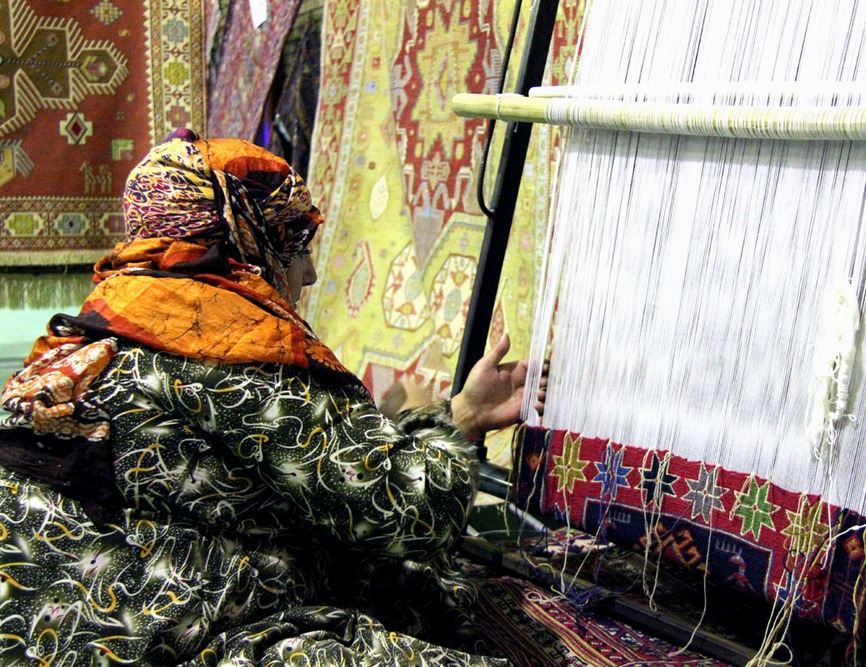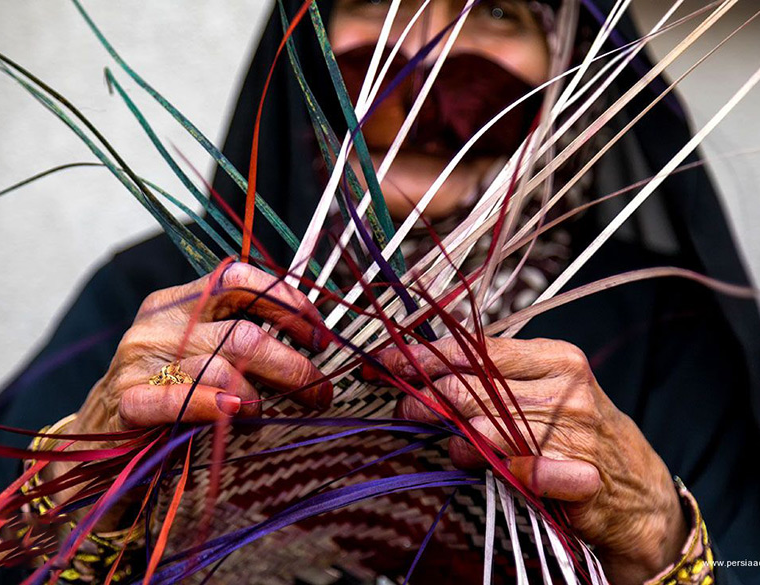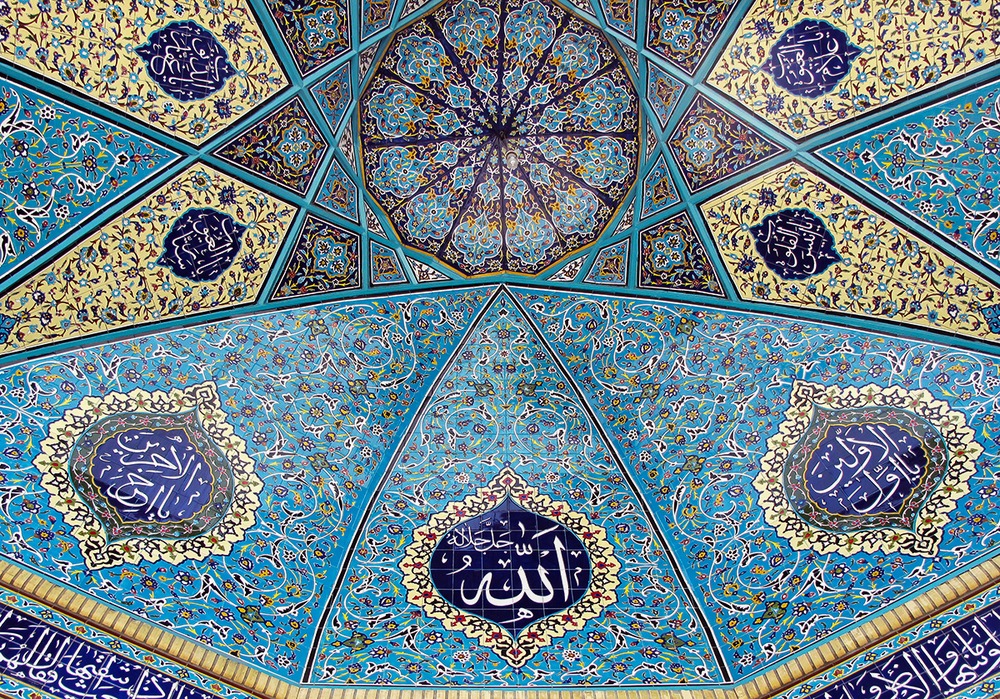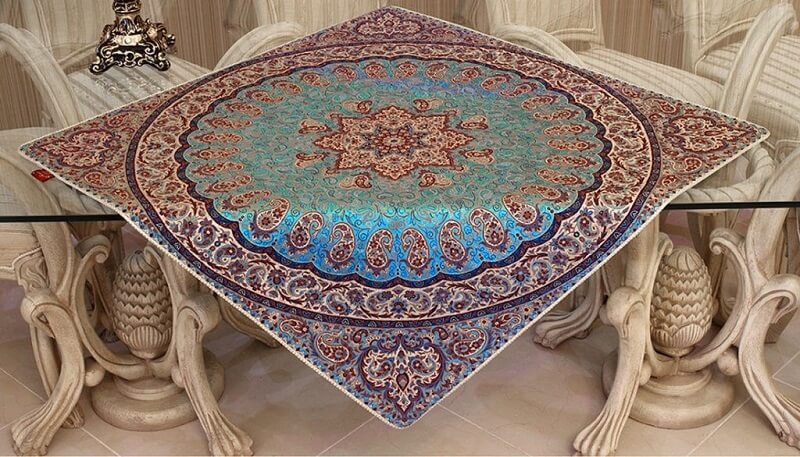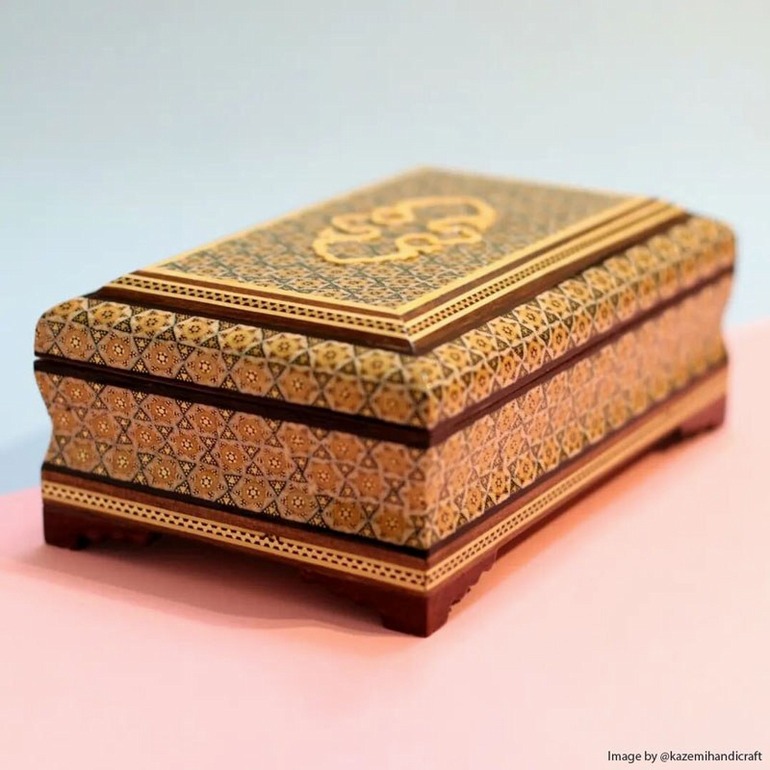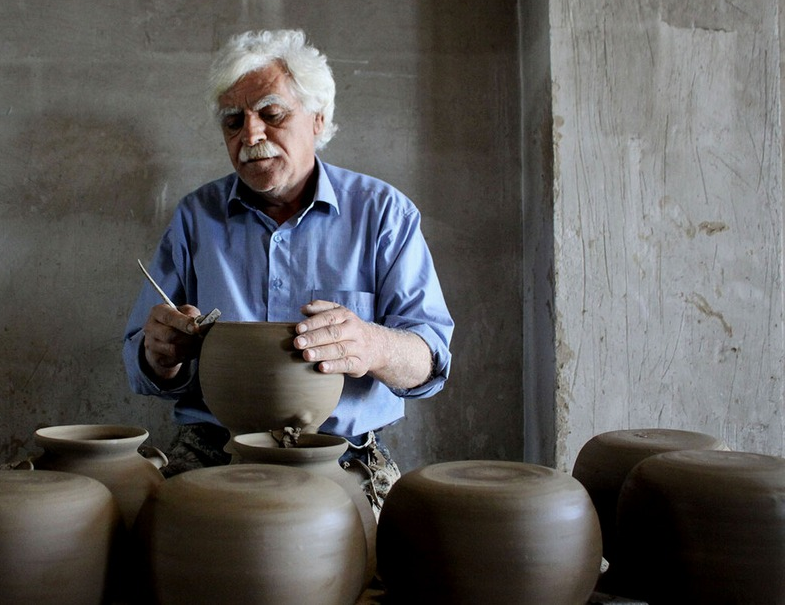
Kurdish Klash
The style of the clothing of the Kurdish people has been formed according to the mountainous conditions they live in. Over the centuries, the skills to create the best footwear and clothes among the people of Kurdistan have evolved to a great extent, resulting in the use of the best raw materials available with the best sewing methods. In the meantime, the footwear of the Kurdish people is considered the handicraft of this province.
Giveh, which the Kurds call “Klash” in their local language, is one of the main parts of Kurdish men’s clothing. Although Kurds usually wear white klash, this local shoe is also produced in blue and red colors.
Features of Klash
In addition to being light, Klash is a durable and strong footwear, which protects the feet of Kurdish men from the injuries that may be caused by crossing sharp rocks and difficult routes. As a result, the production of this comfortable footwear has been popular during the centuries.
Unlike normal shoes, Klash does not have a right and left pair, and each shoe can be worn on both feet. It is usually recommended to wear them alternatively in order to increase the life of this footwear.
The material used in Klash is completely natural and no industrial equipment is used in sewing it. Therefore, the use of this shoe does not result in environmental pollution. Because of this feature, the Klash is also washable. Of course, the naturalness of Klash materials causes them to be attacked by insects and termites if they are left somewhere for a long time. Therefore, if one buys a pair of Klash and plans to leave it somewhere for a while, a piece of naphthalene tablet or some tobacco should be placed in them so that insects do not get close to it!
History of the Production of Klash
There is no information about the exact history of the formation and evolution of Klash, but some experts believe that the history of this type of shoe dates back to a thousand years ago. According to them, Klash existed during the time of Ferdowsi (early 11th century AD) and the story based on which Giv made a trip to Turkestan to bring back Siavash and his mother is proof of this claim. According to this story, Giv wandered in Turkestan for seven years and needed strong and light footwear for the long journey and this is how Giveh came into being.
It seems Uraman was the main origin of Klash in Kurdistan. In this region, the production of Kalash is a family profession, and the members of some families, especially in Marivan, continue to produce this footwear.
Stages of Producing Klash
Making the sole of Klash is the most difficult part and requires proper physical strength. Therefore, usually among families, the production of this part is entrusted to men, and the sewing of the tops is the responsibility of women. To make soles, cotton fabrics in red and blue colors are cut lengthwise and crosswise, and after folding and beating, they are stretched and skewed in an orderly manner.
The special method that is used to skew and pound the sole of the Klash, after being stretched, has a special role in its strength and efficiency. At this stage, in order to prevent the fabrics from breaking, four strong leather strips made of cowhide are passed through the fabrics. In addition to increasing the strength of the shoes, the leather strings act as deodorants in the hot season when the feet sweat more.
The sole of Klash is usually prepared in three ways:
• Fabric-made sole
• Ajideh sole, which is a combination of cotton thread and several layers of soft leather,
• Full leather sole.
In some newer products, plastic soles are also used, and this type of Klash does not have the quality of natural ones.
The next step in making the soles is to cut them into the required sizes. Then, in order to make the sole stronger, about 50 small nails are hammered into the corners of each pair.
The upper part of Klash is woven using cotton fibers in a special way known as “wheat cluster”. This work is so difficult and time-consuming that it takes five to six days to weave the upper part of each pair. The upper part is woven in a way that, in addition to being firm, also allows for air exchange and does not tire the feet over long distances. In the final step, the upper and sole are sewn together to complete the process of production.
Men’s and Women’s Klash
The Klash made for men has rough soles with raised tips for durability during heavy work and long hikes, but the ones made for women have more beautiful soles in a variety of colors.
Giveh, which the Kurds call “Klash” in their local language, is one of the main parts of Kurdish men’s clothing. Although Kurds usually wear white klash, this local shoe is also produced in blue and red colors.
| Name | Kurdish Klash |
| Country | Iran |
| Cities | |
| Works | Knitting, sewing and textile |
| Registration | Unesco |
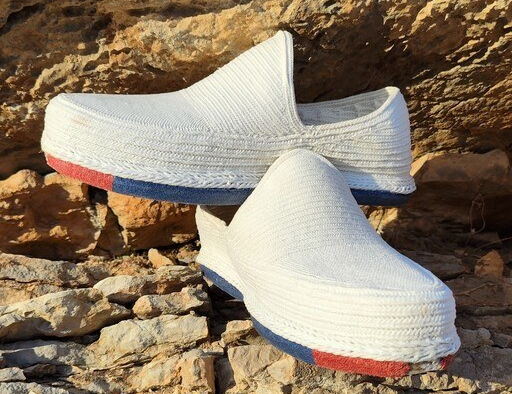
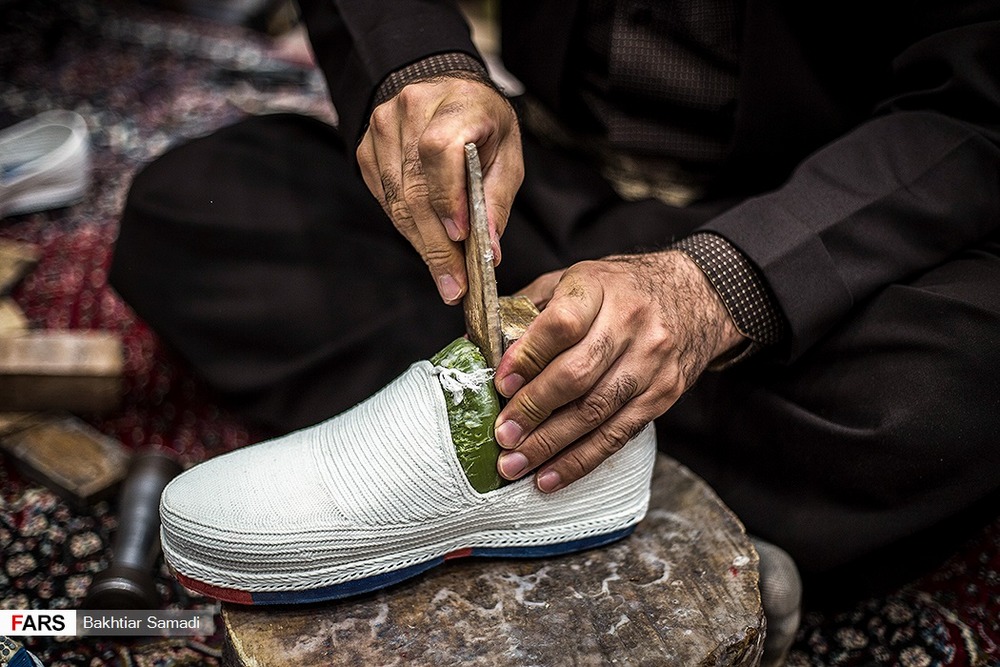




Choose blindless
Red blindless Green blindless Blue blindless Red hard to see Green hard to see Blue hard to see Monochrome Special MonochromeFont size change:
Change word spacing:
Change line height:
Change mouse type:
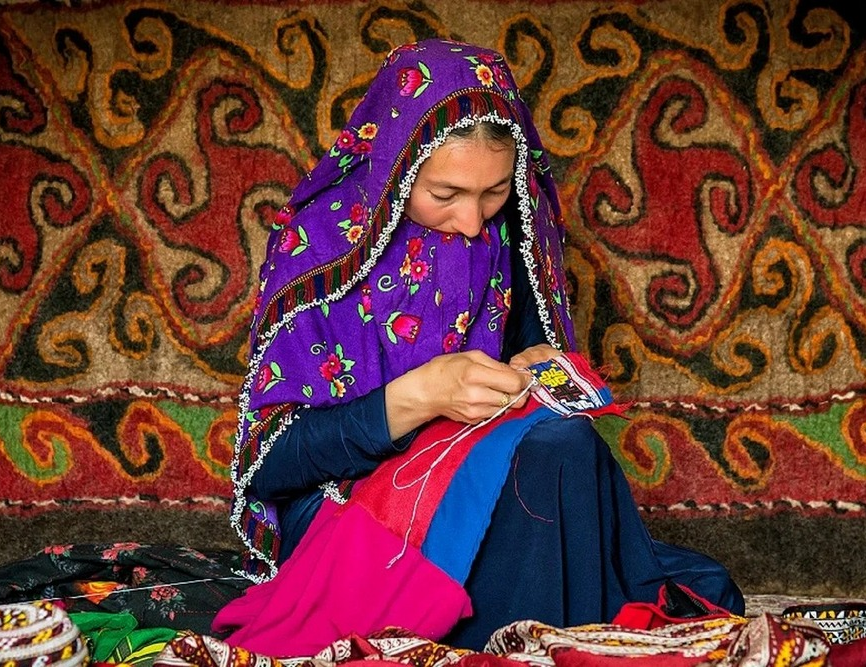
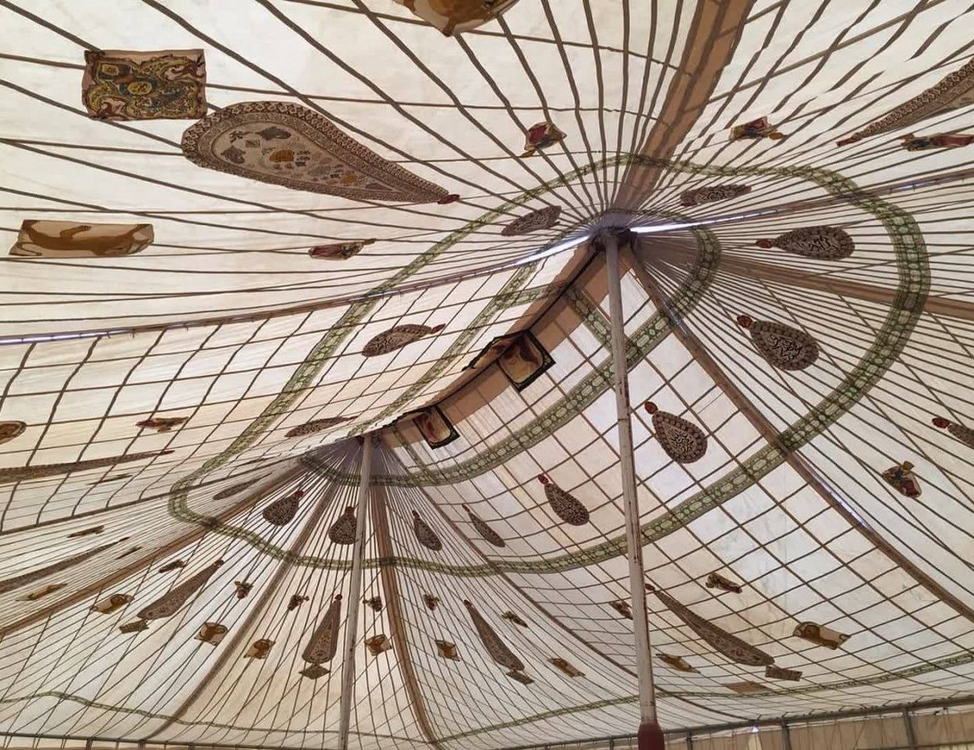
_crop_2.jpg)
